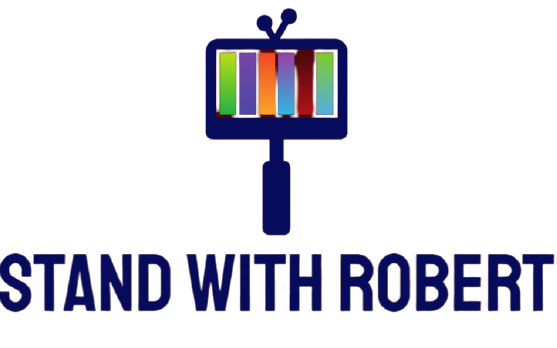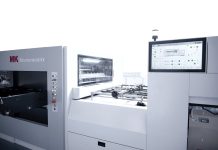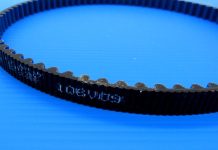CNC technology features a wide range of machining services. The most common services are turning and milling. CNC milling machines are relatively common. Milling is a machining process that uses rotary cutters to subtract material from a workpiece to achieve the desired design. The cutting can be done in one or many directions on a machine known as a mill. CNC milling is in many ways similar to regular milling. This post discusses the basics of CNC milling processes.
What are CNC milling machines?
The CNC milling process is relatively the same as conventional milling. However, they have a few significant differences. The primary difference is that CNC milling machines are digitally operated. The machines use alphanumerical data. Another difference is that they have multiple axes in addition to the standard X, Y, and Z axes found in traditional mills. The availability of more axes allows CNC milling to produce complex parts.
What makes CNC milling machines different from conventional mills?
In addition to the differences above, below are some extra features or components found on CNC milling machines that regular mills do not have;
1. Computerized tool changer
The CNC milling process features different tools. The tools work together to serve different functions and achieve the goals of the process. The tools work interchangeably. This is where the tool changer comes in, and the different tools function as they are designed without external input.
2. The cooling system
In the CNC milling process, the cutting tools move rapidly. The speed causes temperature buildup within the system, and this is where the cooling system comes in. This component works as a coolant and a lubricant. It helps prevent the machine’s components and workpieces or complete parts from getting damaged from overheating. It also enhances the processes’ precision.
3. CNC software
CNC technology relies on specific CNC software to set up the machines and program instructions. There are three types of CNC software, CAM, CAD, and CAE software. They are used together to enhance CNC machining.
Types of CNC milling machines;
There are four types of CNC machines used for milling. They are:
1. Vertical mills
These machines have their spindle axis vertically oriented. The cutters are placed on the spindle, which rotates to subtract material.
2. Horizontal mills
These machines have their spindle axis horizontally oriented. The cutters are attached to the spindle. Horizontal mills are commonly used for cutting grooves and slots into parts.
3. Turret mills
In turret mills, the spindle is usually immobile. Instead, the table underneath the spindle moves perpendicularly and vertically to the spindle. The mills allow the items on the table to move instead of the spindle axis.
4. Bed mills
Like turret mills, the bed mills also have stationary spindle axes. However, the worktables on bed mills only move perpendicularly. On the other hand, the spindle moves parallel to the axis.
Conclusion
The CNC milling process is an advanced precision machining technique used to make complex products. However, it requires technical know-how, mainly because of the CNC technology. This is why most industries outsource their precision machining to professionals like 3ERP.










